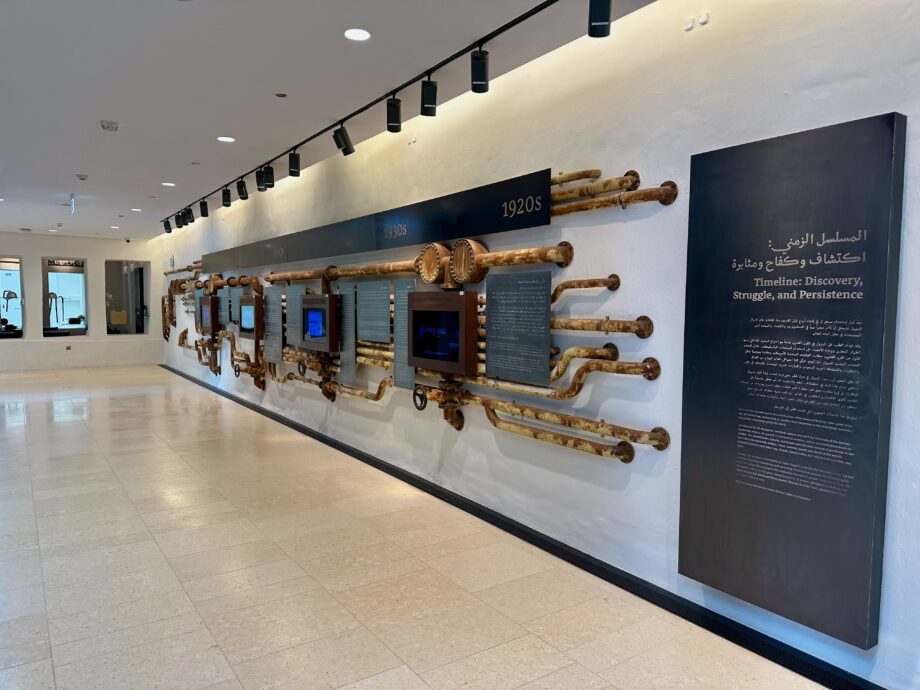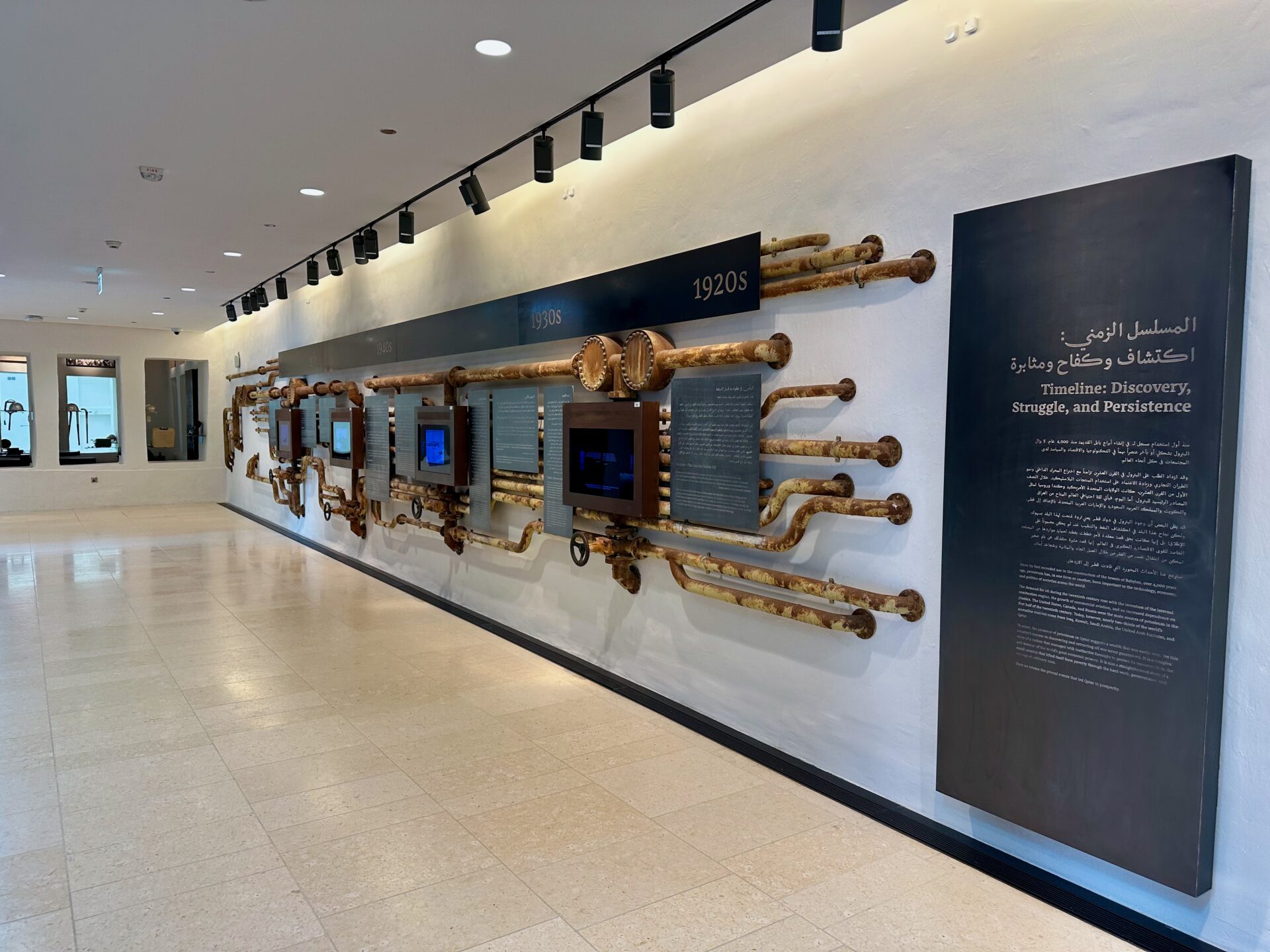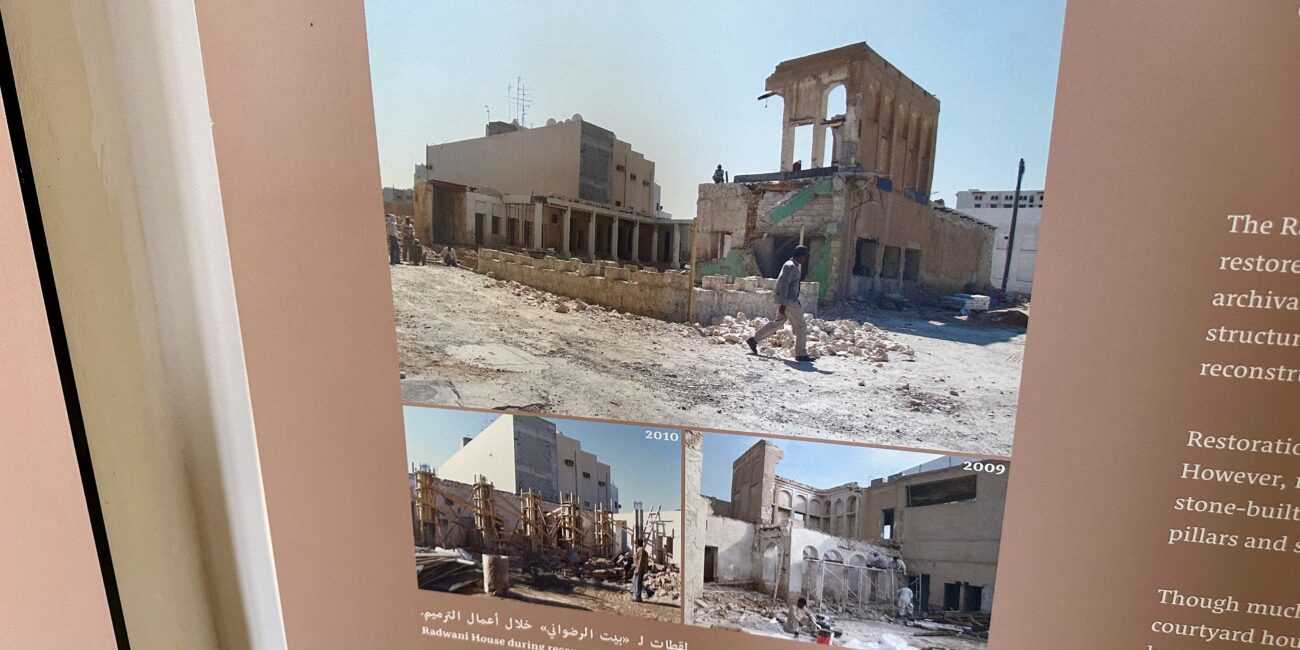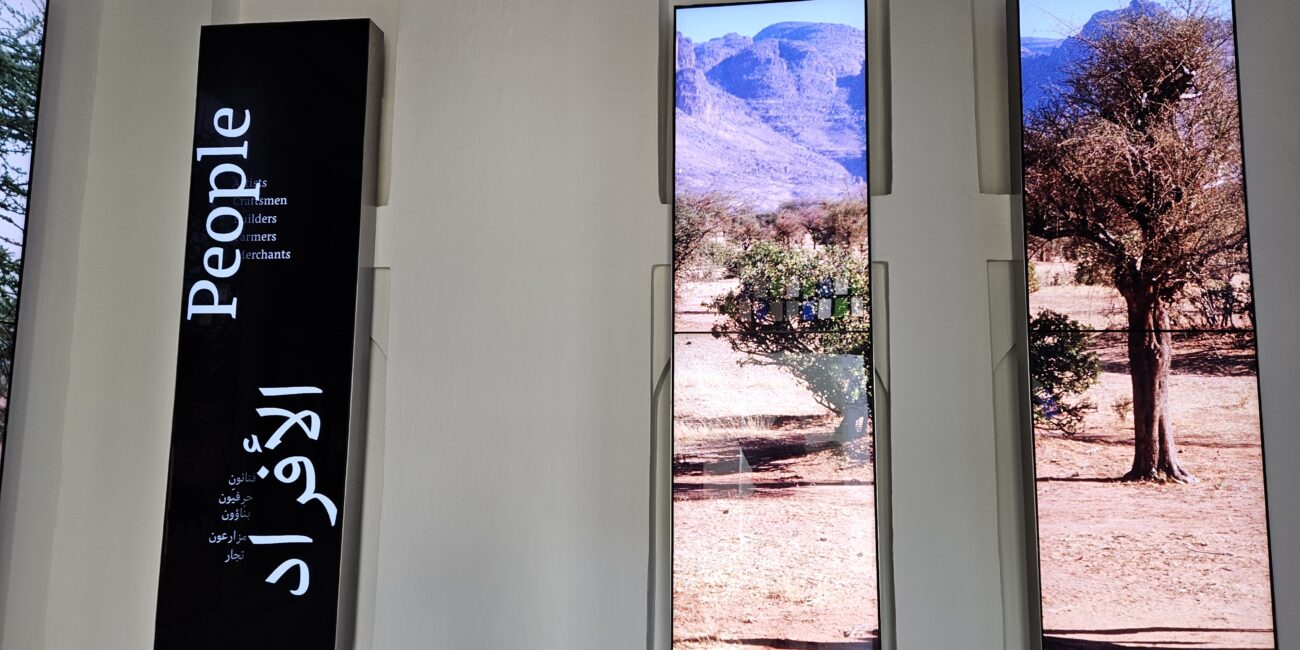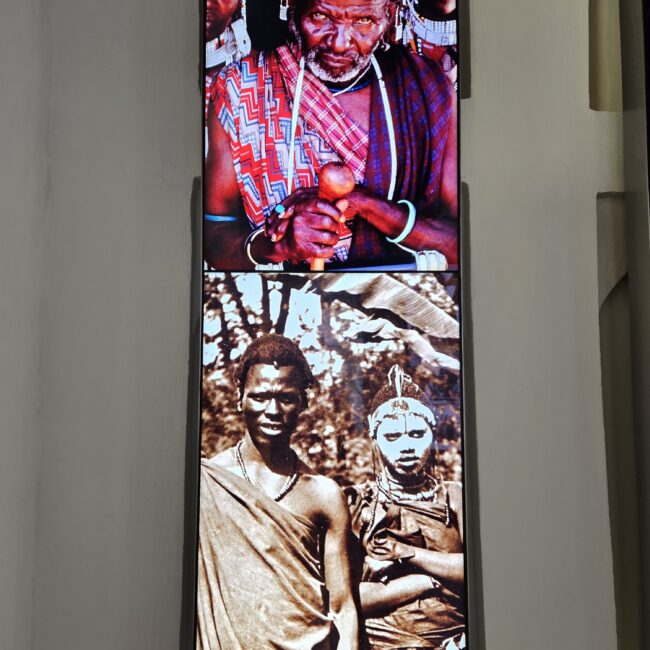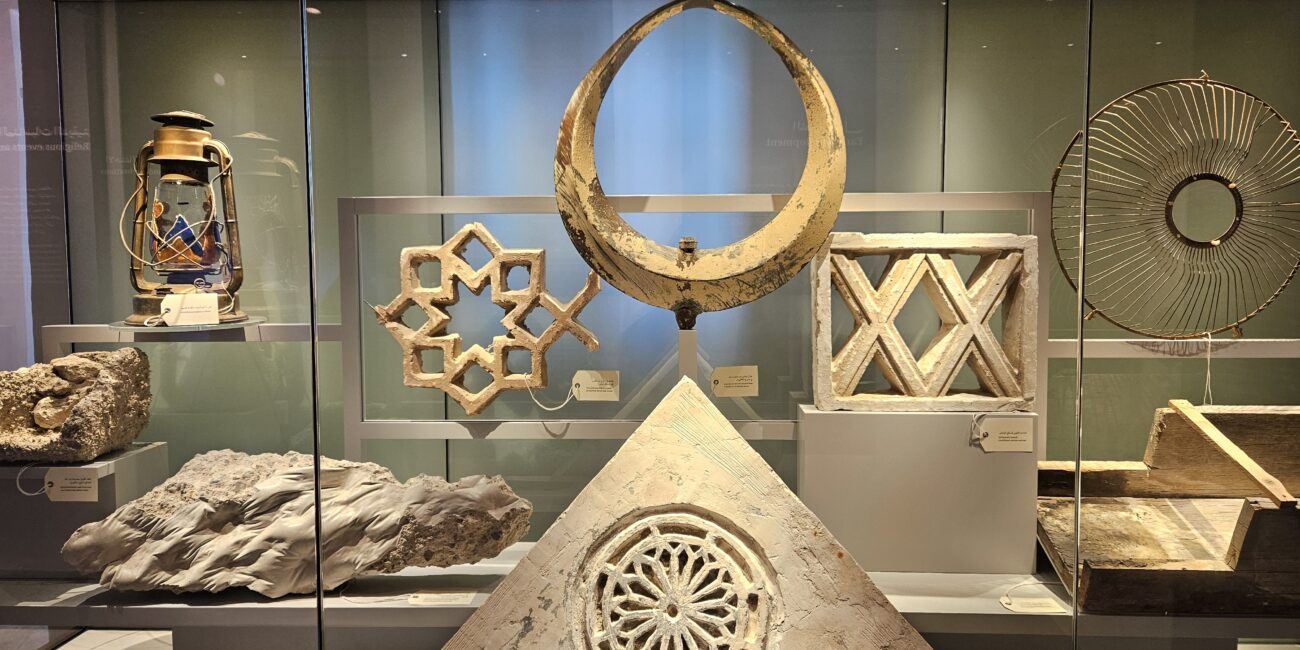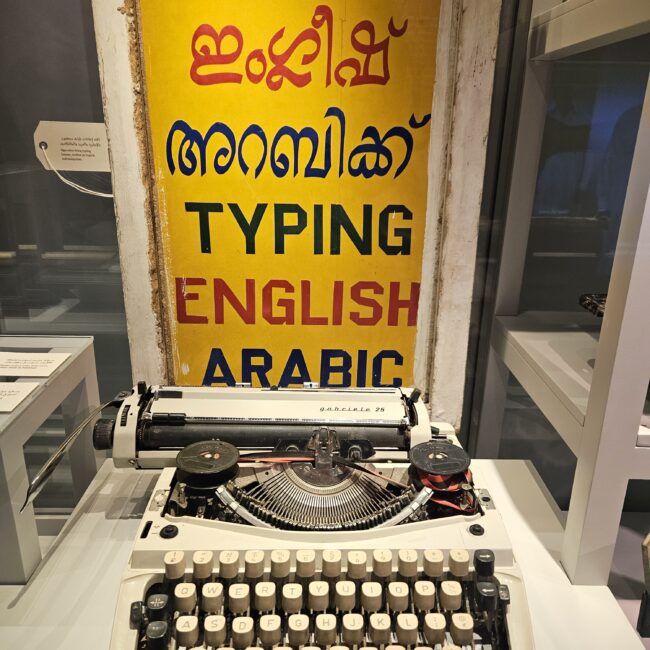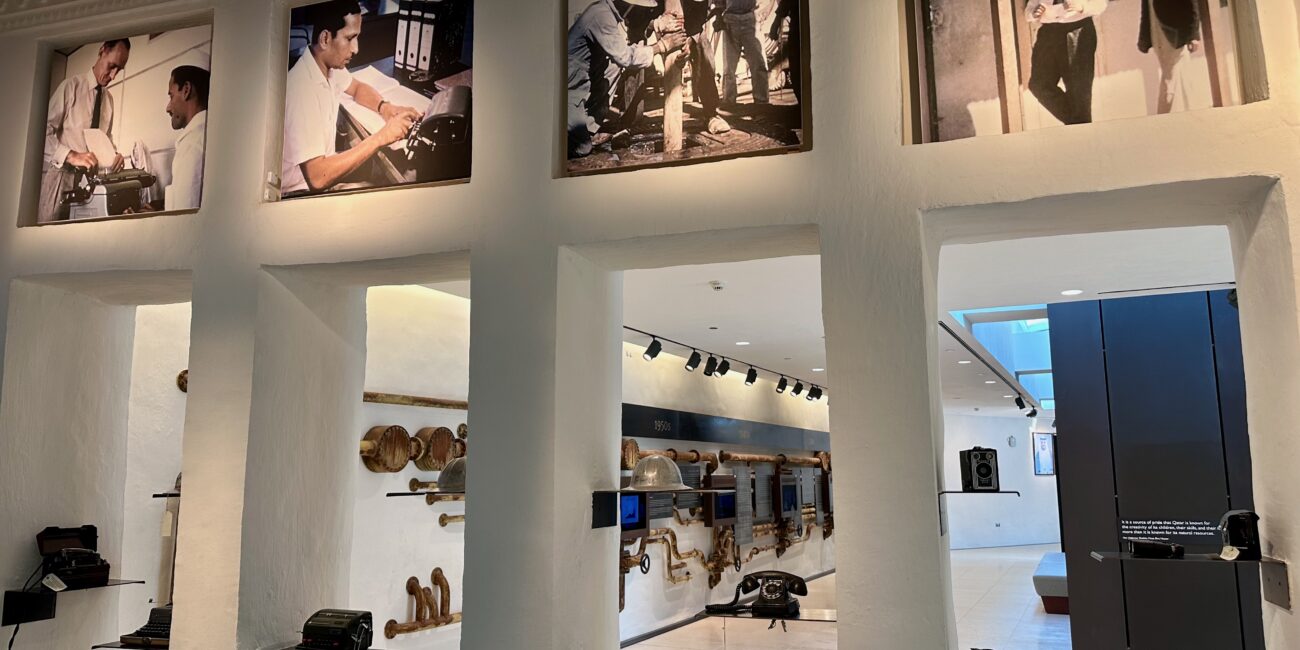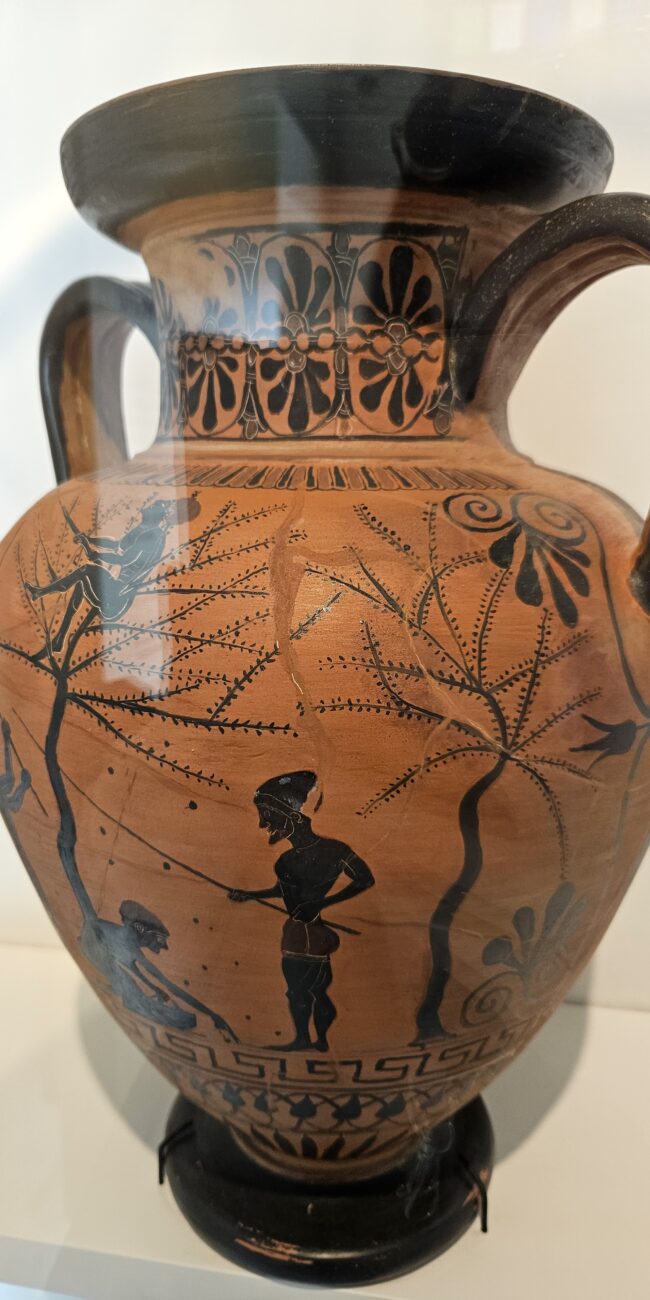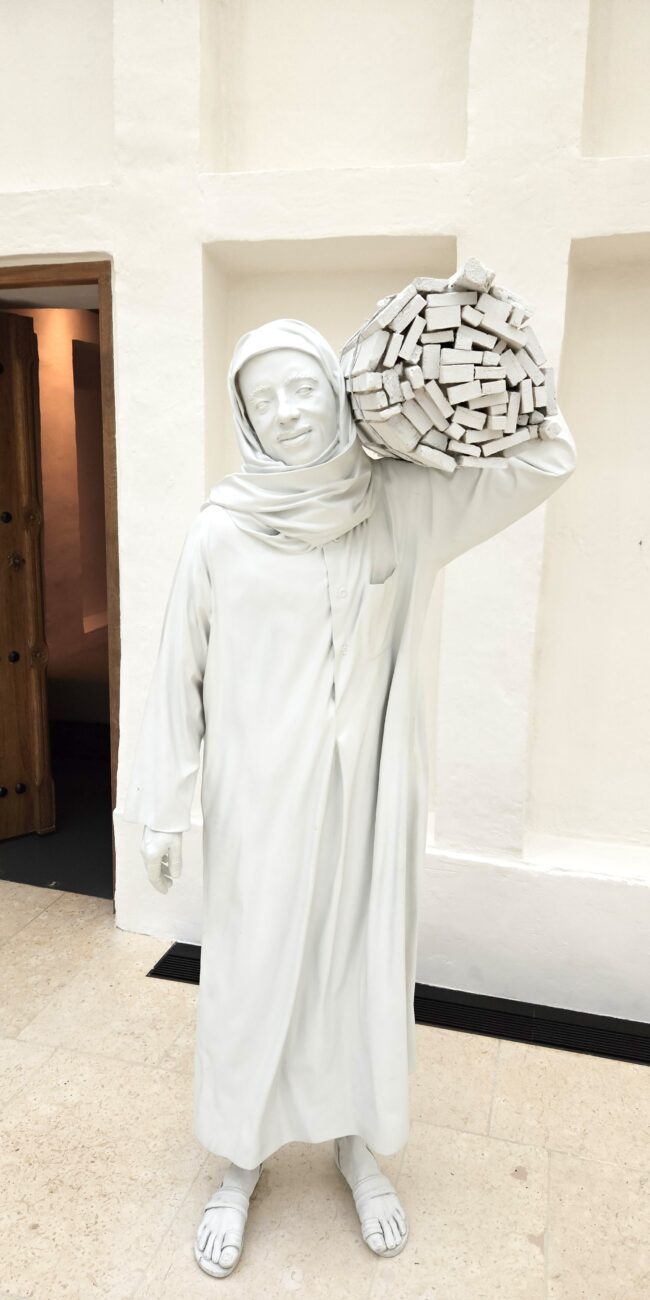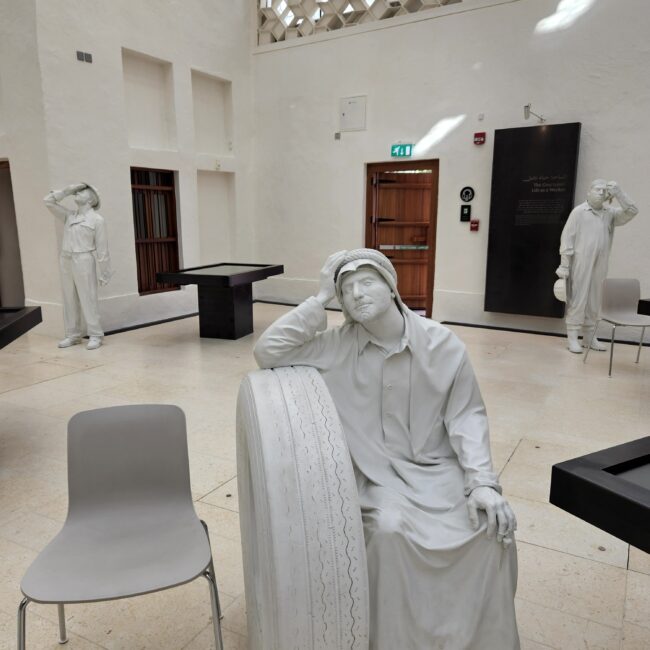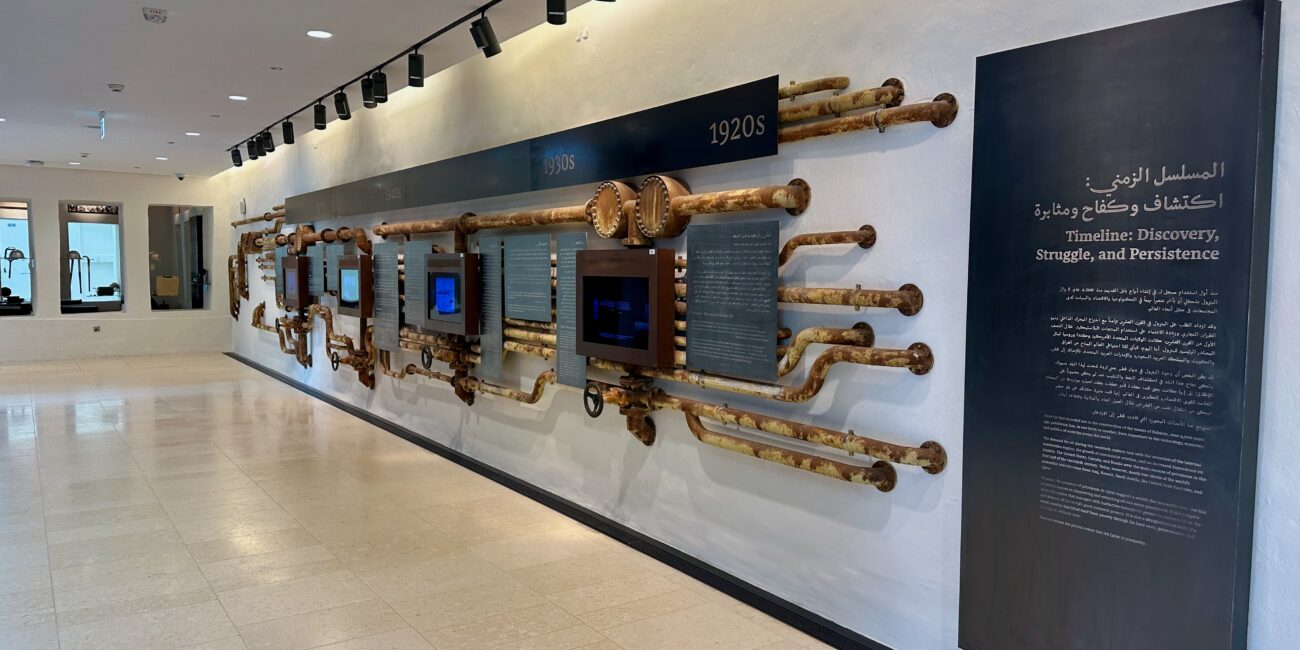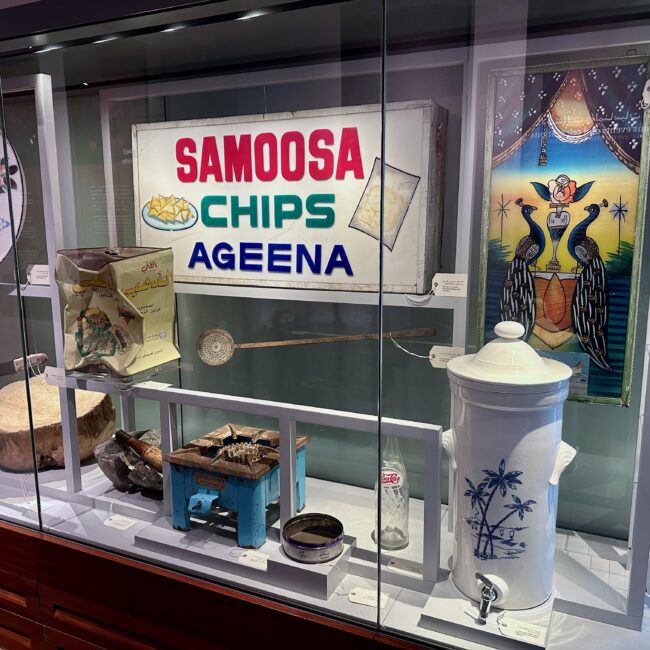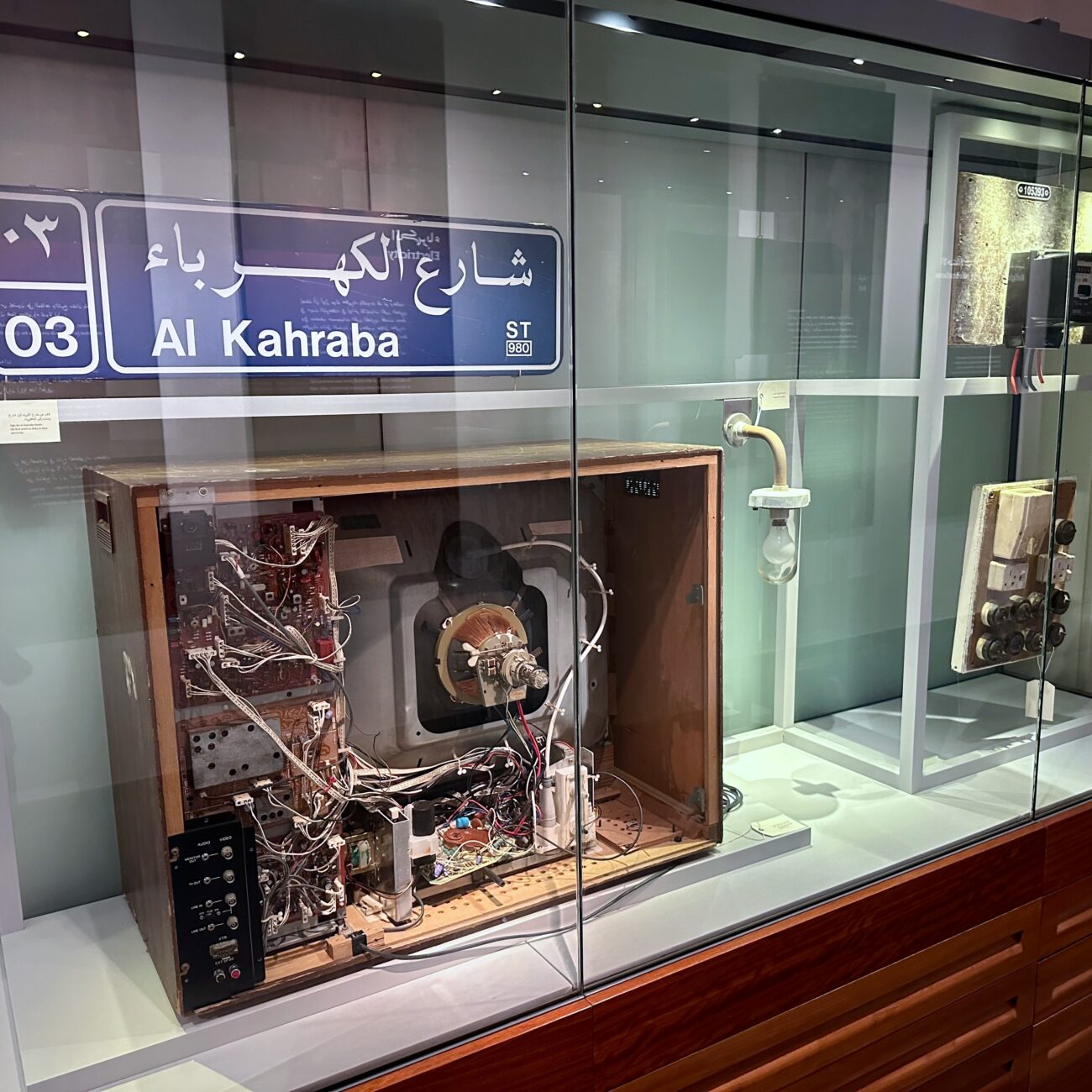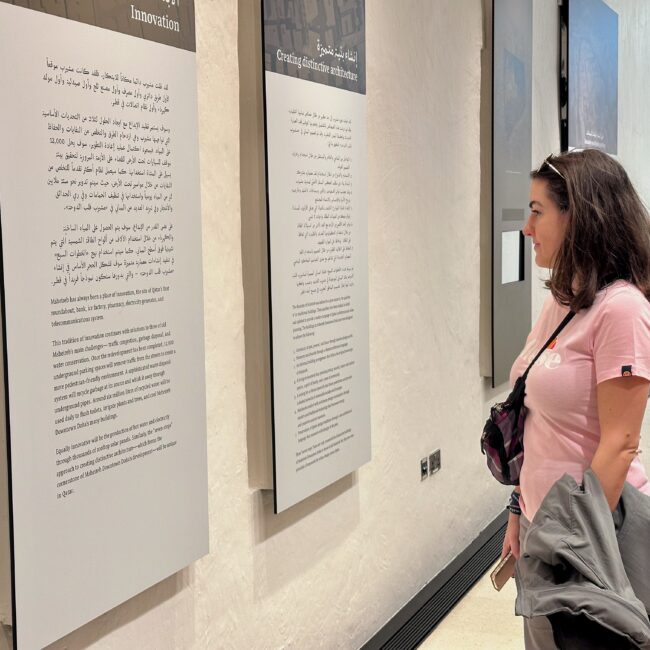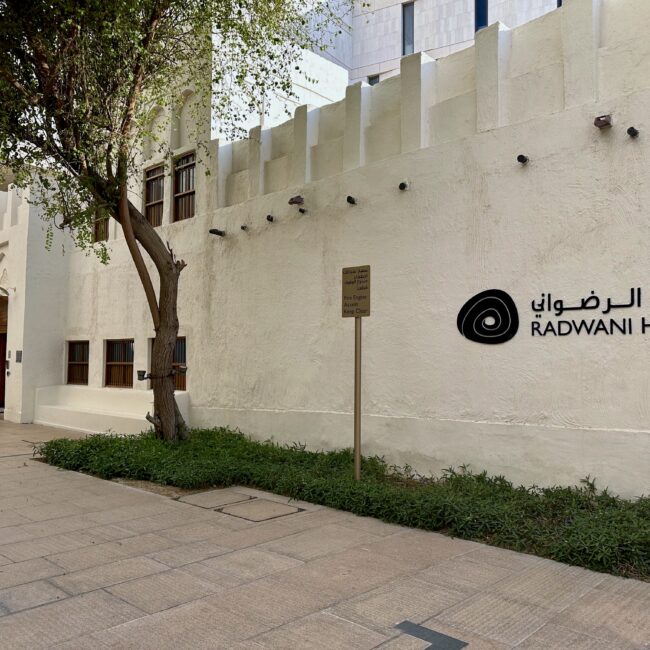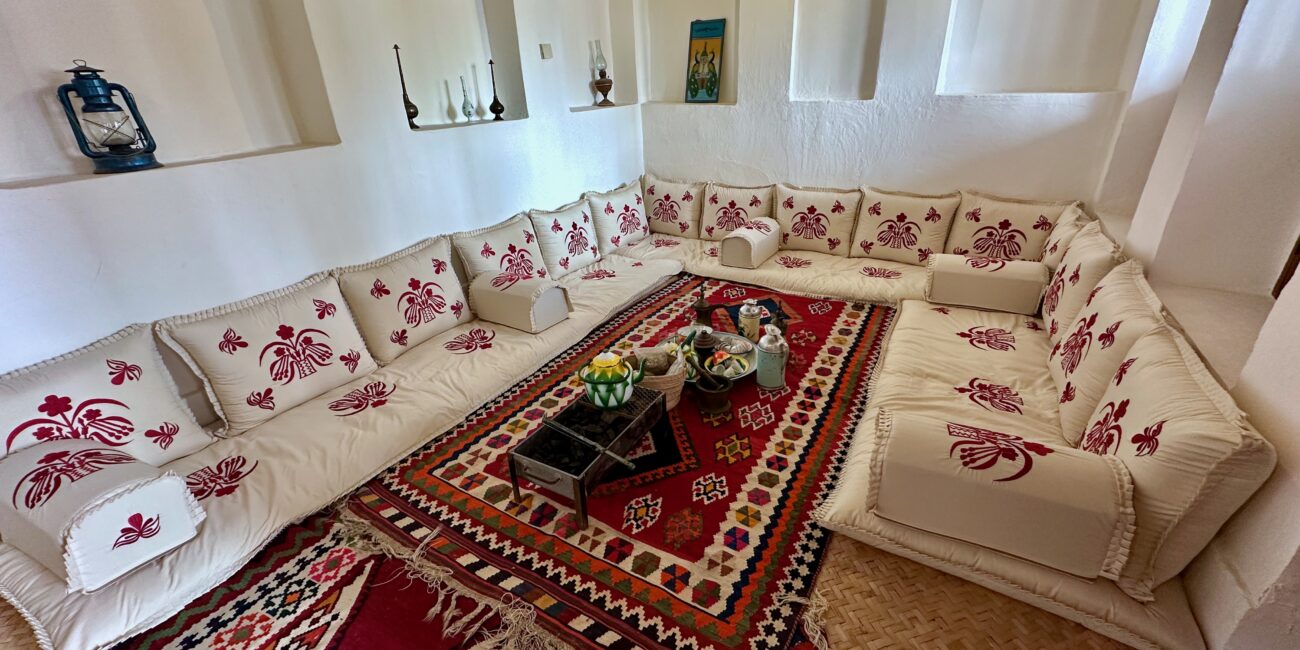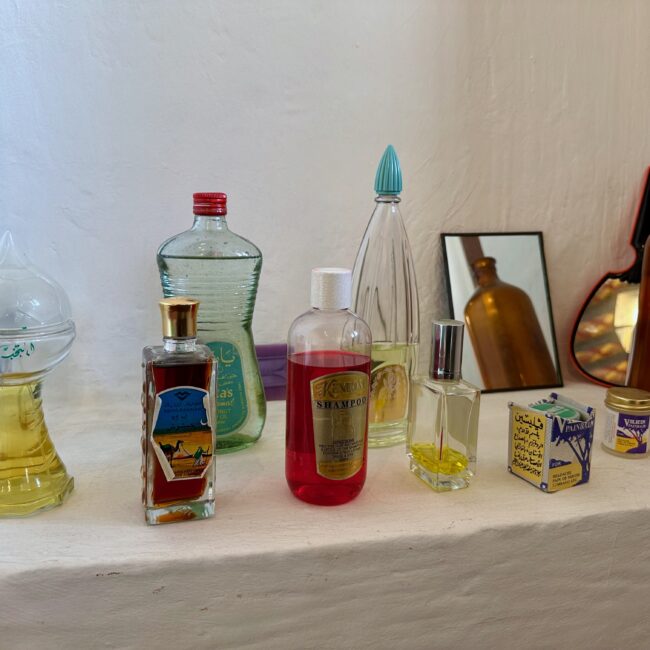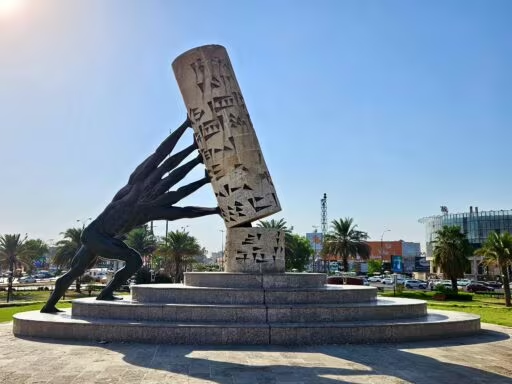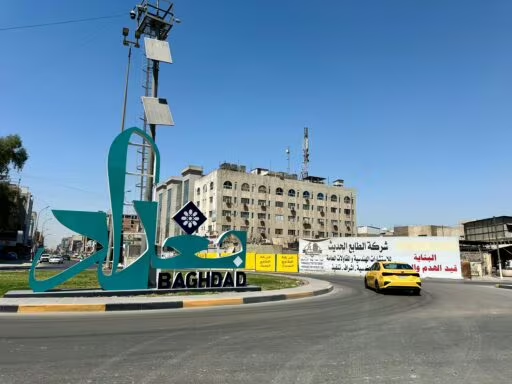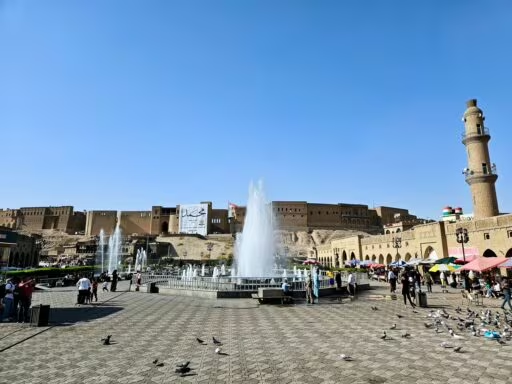This post is also available in:
Polski
Hello 👋
Sometimes, travel isn’t just about discovering new landscapes—it’s also about encountering history, learning about people, their daily lives, and their roots. That’s exactly the feeling we had during our visit to Msheireb Museums in Doha. Our visit was a bit of a spontaneous decision. Although we hadn’t originally planned to include this place on our itinerary, we decided to check it out and see what this museum complex had to offer. We were curious to find out how Qatar’s history was presented here and what kind of impression it would leave on us.
History of this place
Msheireb Museums is a complex of four museums in the heart of Doha that stands out not only for its history but also for its unique approach to Qatar’s cultural heritage. This place was created as part of an ambitious project to revitalize the Msheireb district, one of the oldest parts of the capital. During the 1950s and 1960s, as Doha expanded and modernized, traditional buildings were gradually replaced by towering skyscrapers. However, instead of letting this history fade away, efforts were made to preserve it—in a truly exceptional way.
Thanks to this initiative, the restored traditional houses—once the heart of daily life in Qatar—now tell stories of the past. The goal of this project was not only to bring these historic buildings back to life but also to create a space where visitors can experience the atmosphere of traditional Qatar and understand the country’s journey from humble beginnings to a modern metropolis.
The restoration of these houses and their transformation into museums is the result of blending modern architecture with the historical roots of the region. Instead of creating sleek, contemporary spaces that could erase traces of the past, the project focused on preserving tradition while incorporating modern elements, offering a unique and immersive way to explore Qatar’s history.
Bin Jelmood House
When we stepped into Bin Jelmood House, one of the museums within the Msheireb Museums complex, we immediately felt that this place had a lot to say. Not just about the past, but also about the present. And this is where the story gets interesting—it makes you reflect, sometimes with a hint of irony, and other times with a sense of disbelief.
Bin Jelmood House is the oldest of the four buildings in the Msheireb Museums complex. Built in the 1920s, it originally belonged to a wealthy merchant involved in the pearl trade. But the focus here isn’t just on him—the museum primarily tells the story of slavery in the Persian Gulf region. The interiors have been beautifully restored, and the multimedia displays and exhibits are impressive. However, as you listen to the stories of this difficult past, it’s hard not to draw a parallel to Qatar’s more recent history—specifically, the working conditions during the construction of infrastructure for the 2022 FIFA World Cup.
Exactly. On one hand, the museum emphasizes the importance of fighting slavery and the value of freedom. On the other, just a few years ago, the world was flooded with reports about the inhumane conditions faced by migrant workers building the stadiums and hotels for the World Cup. And that’s where a sense of hypocrisy creeps in. How is it that slavery is condemned within these museum walls, yet contemporary issues that bear striking similarities are still present just outside? It’s a contradiction that’s hard to ignore.
In recent years, Qatar has introduced some reforms, including the abolition of the kafala system, which had effectively tied workers to their employers, often leading to exploitation. But is that enough? Bin Jelmood House aims to show that Qatar is moving forward, but I think many visitors—including us—leave with more questions than answers. The museum presents a narrative of progress, yet the reality outside its walls still raises doubts about how much has truly changed.
How do you take in these beautifully curated exhibits about freedom and equality when, not too long ago, Qatar was making headlines for its labor rights issues? It feels a bit like watching a movie where the characters preach one thing but do another. And while the museum is undeniably impressive in its presentation, it still leaves a lingering sense of incompleteness—like a story that’s only half told.
This is a place that makes you think—not just about the past, but also about how history shapes the present. And how easy it is to talk about values when, in the background, there are still issues waiting to be truly addressed.
Company House
Company House, part of the Msheireb Museums complex in Doha, holds significant historical value. Originally serving as the headquarters of Qatar’s first oil company, it now tells the story of the pioneers of the country’s oil industry and their families—people who played a key role in transforming Qatar into a modern society.
The museum’s interior impresses with its carefully preserved elements from the past, transporting visitors back to the time when the discovery of oil reshaped Qatar. Walking through the halls, you can feel the spirit of those early years and gain a deeper understanding of the challenges faced by the first workers in the country’s oil industry.
Mohammed Bin Jassim House
Mohammed Bin Jassim House is a museum that offers a glimpse into Doha’s past, allowing visitors to understand what life was like before the city transformed into a skyline-dominated business hub. The building once belonged to Sheikh Mohammed Bin Jassim Al-Thani, the son of the founder of modern Qatar, and today serves as a space where visitors can trace the capital’s historical development.
What makes this place stand out is its authenticity—the exhibits don’t just focus on dry facts but instead illustrate how architecture, urban planning, and everyday life in Doha evolved over time. Visitors can explore archival photographs, old city plans, and learn about the early stages of infrastructure development. A particularly interesting feature is the Echo Memory project, which showcases artifacts discovered during excavations in Msheireb, revealing what once lay beneath the foundations of modern Doha.
Walking through Mohammed Bin Jassim House, it’s hard not to reflect on how rapidly Qatar has transformed from a desert settlement into one of the wealthiest countries in the world. While the exhibition focuses on history, it gives the impression of sidestepping less convenient topics—such as the demolition of older buildings to make way for modern developments. It’s an intriguing experience, especially for those who enjoy analyzing how cities evolve over decades.
For those interested in urban history and city planning, this place can be truly fascinating. For everyone else, it’s more of a “see it if you’re already nearby” kind of spot rather than a must-visit attraction.
Radwani House
Radwani House is a prime example of traditional Qatari architecture, located between the Al-Jasrah and Msheireb districts—two of the oldest neighborhoods in Doha. Originally built in the 1920s, this house has been carefully restored and transformed into a museum, offering visitors a glimpse into the daily life of a Qatari family over the decades.
During archaeological excavations conducted between 2012 and 2013 by a team from University College London, numerous artifacts were discovered at Radwani House, shedding light on the everyday lives of its former residents. This was the first archaeological study of its kind in Qatar, highlighting the site’s importance in preserving the country’s cultural heritage.
Today, Radwani House is part of the Msheireb Museums complex and serves as a great destination for those looking to understand how family life in Qatar evolved throughout the 20th century. Visitors can admire the traditional architecture, explore the layout of the rooms, and view the collected artifacts, which together paint a complete picture of life in old Doha.
Take a look at our other posts
If you’re interested in more information about Qatar, be sure to check out our other articles! We cover not only the metro in Doha, but also the most interesting places to visit, our impressions from the trip, and practical tips for travelers.
You might find something to help you with your travel planning! ✈️

